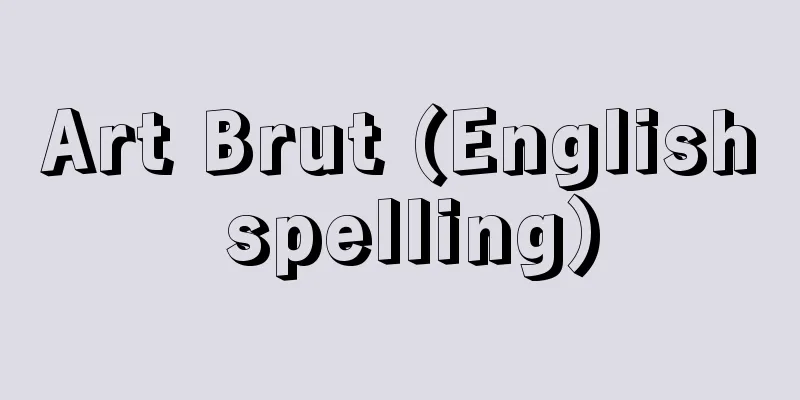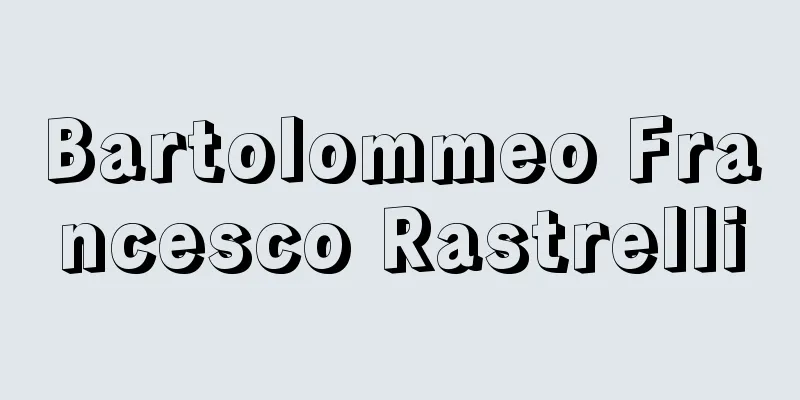Art Brut (English spelling)

|
A French term that translates to "raw art." It was used by the painter Dubuffet around 1947 to refer to works by the mentally ill, children, and amateur artists (including some naive artists). These works, created outside the framework of the usual concept of art, are thought to emerge spontaneously from a world of the unconscious. Dubuffet collected art himself, held art brut exhibitions, and created an association that published a newsletter, among other things, in an effort to popularize it. Source: Heibonsha World Encyclopedia, 2nd Edition Information |
|
〈生(なま∥き)の芸術〉と訳されるフランス語。画家デュビュッフェによって精神病者・子ども・素人芸術家(部分的には素朴画家も含まれる)らの作品を指すために,1947年ころから用いられた。通常の美術概念の枠外で作り出されるそれらの作品は,無意識の世界から自発的に発生してくるとみられる。デュビュッフェは,みずから収集にあたり,またアール・ブリュットの展覧会を開いたり,協会を作って会報を刊行するなど,その普及にも努めた。
出典 株式会社平凡社世界大百科事典 第2版について 情報 |
<<: Alfuru tribe - Alfuru (English spelling)
>>: Albumin - arubumin (English spelling)
Recommend
Safe deposit box - Kashikinko
A system in which financial institutions lend saf...
Kujūla Kadphisēs (English spelling)
Founder of the Kushan dynasty. In the Book of the ...
Kakogawa [city] - Kakogawa
A city in the eastern part of the Harima Plain, do...
Ohase Wakasazaki - Ohase Wakasazaki
…The 25th emperor. His Japanese posthumous name i...
"Kyoto Studio News" - Kyoto Studio News
...A six-page tabloid magazine published twice a ...
Perception (English/French), Wahrnehmung (German)
Perception refers to the experience of knowing abo...
Seiwa [village] - Seiwa
A village in Kamimashiki County, eastern Kumamoto ...
Offshore route - Okinori-koro
… Until the mid-17th century, when westward shipp...
barbiturate
...Hypnotics are broadly divided into barbiturate...
Fugger, A.
...He became one of the wealthiest men through lo...
Aotearoa - Aotearoa
...It is a multicultural and multilingual country...
Indus susu (English spelling) Indussusu
...They feed on fish, shrimp, etc. Indus River in...
Sangeoujouki - The Tale of Three Dead Men
Written by Renzen. This is a Chinese-style biograp...
Olympics - Orinpikku (English spelling) Olympic Games
Modern sports were organized in the UK from the m...
Masamichi Sugano - Masamichi Sugano
He was an official in the early Heian period. His...




![Hichiso [town] - Hichiso](/upload/images/67cc9e24432d2.webp)




